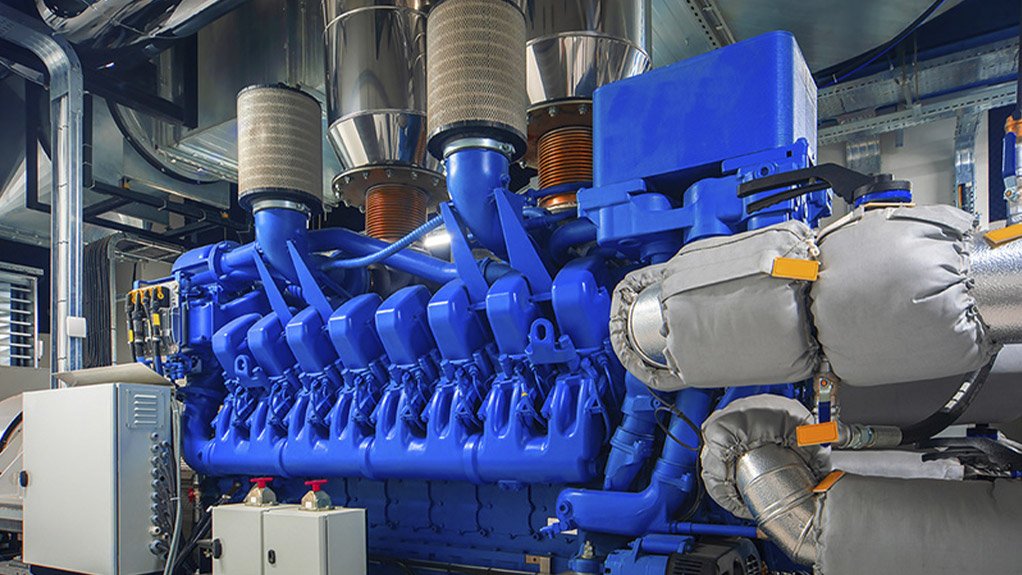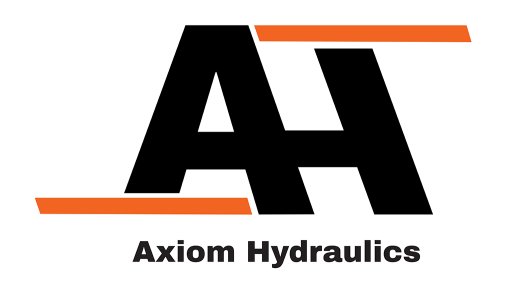Is your power backup investment failsafe when Eskom load shedding strikes?
This article has been supplied.
A wave of load shedding is hitting the country again, as you would have experienced, no doubt. This has resulted in incidents where service providers such as OR Tambo International Airport, Chris Hani Hospital and many others have been unable to operate at full capacity. We ourselves have suffered a generator failure at our head office, at a highly inconvenient time. These events prompted us to have a critical look and think about what should be in place to ensure a reliable backup when the inevitable will occur. After all, even backup plans need maintenance.
A couple of our pragmatic engineers put their heads together, and came up with the points below. The bad news is that there is no app for your smartphone that will do the job for you. The good news is that if you apply yourself to the suggested actions, you can have more peace of mind when the next load-shedding hits.
Before you lift a finger, or grab a meter, it is important to get a little (but good) understanding of the real-life situation. In any case where you want to ensure predictable, reliable operation of a thing (be it machine, computer, or even a human) you should know:
-
What are the critical functions you expect from the thing?
-
What is the critical component that will affect this function?
-
How likely is that component of the thing to fail?
In this case, the “thing” under discussion is a standby electrical power generator set, aka genset. For such a genset, the answers to these questions are quite simple, and illustrated in the figure below.
To ensure good reliability and effective delivery of standby power from your diesel or petrol-powered genset, here are some useful simple tips to bear in mind when caring for such an asset:
1. Ensure that all fluids in the machine are kept at the correct levels:
-
Coolant level is between minimum and maximum on level indicator
-
Oil level is between minimum and maximum on dipstick or sight glass (do NOT overfill)
-
Fuel level is between 75% and 100% of tank capacity. This reduces the possibility of condensation absorption into fuel, as well as the risk of premature depletion
2. It is vital that the batteries, used to start the generator engine, are always fully charged. This is ideally confirmed by measuring the voltage of the disconnected battery to be > 12.6 VDC (for each 12V unit). Furthermore, battery electrolyte, for maintainable units, should always be at the correct levels in each cell of the battery set. For sealed maintenance free (SMF) units, the visual indicator should be (positive) green.
3. Ensure that the AC mains power failure detection system as well as the automatic transfer switching (ATS) system is functional and is switched into the AUTO RUN or equivalent mode at all times.
4. For gensets that switch on and transfer power automatically, and especially larger sets (100 KVA and more), it is essential to keep the engine oil and coolant at an elevated temperature, typically above 45°C. This ensures immediate loading capability of the generator, without having to wait a few minutes for engine warm-up.
5. Do regular visual inspection to ensure that all cooling system air ducts, inlet filters, radiators and extraction fans are clear of dust and debris. Air filter units should be regularly checked for blockages (check filter air block detectors where used).
6. Do regular visual inspection for signs of fluid leaks or seepage. If any found, ensure that rectification is promptly done, before leaks become excessive.
7. Ensure adequate fuel reserves immediately available and fuel refilling is easily possible without spillage. Consider day tanks, hoses, filler fittings, transfer pumps, spare fuel drums, drum trolleys).
8. During testing, ensure that when engine is started up, it is not run longer than 10 minutes without load. If started up, it is preferable that the engine is run with a load, for a minimum of 30 minutes, observing temperatures, pressures, cooling and signs of fluid leaks. It is essential that a genset gets regular exercise.
9. In the longer term:
-
Simulate AC Mains failures at recommended intervals and ensure that the Mains/Generator/Mains switch-over cycles fully complete their functions.
-
During simulated AC Mains failure tests, ensure that the engine starts immediately and smoothly takes up the load, while observing for signs of labouring due to possible overloading (excessive diesel smoke, under voltage, machine not achieving rated engine speed).
-
It is a good practice to have the generator serviced annually, or every 200 operating hours, by a reputable competent specialist service provider.
-
Plan and budget to pro-actively replace battery packs every two to three years, depending on the climatic conditions/exposure to high ambient temperatures.
10. From a generator sizing and design point of view, ensure that the genset is not electrically overloaded during start-up and continuous running. Review the load configuration regularly to further ensure that load circuits have not crept up, and that phase balancing is maintained.
Lastly, but possibly the most important aspect to have assurance of asset reliability, is the disciplined adherence to your adopted maintenance and asset care programs. This often has to fend against operational and political pressure, but should never be compromised. Good mechanisms to support this, are clear service level agreements and computerised maintenance management systems.
Article Enquiry
Email Article
Save Article
Feedback
To advertise email advertising@creamermedia.co.za or click here
Press Office
Announcements
What's On
Subscribe to improve your user experience...
Option 1 (equivalent of R125 a month):
Receive a weekly copy of Creamer Media's Engineering News & Mining Weekly magazine
(print copy for those in South Africa and e-magazine for those outside of South Africa)
Receive daily email newsletters
Access to full search results
Access archive of magazine back copies
Access to Projects in Progress
Access to ONE Research Report of your choice in PDF format
Option 2 (equivalent of R375 a month):
All benefits from Option 1
PLUS
Access to Creamer Media's Research Channel Africa for ALL Research Reports, in PDF format, on various industrial and mining sectors
including Electricity; Water; Energy Transition; Hydrogen; Roads, Rail and Ports; Coal; Gold; Platinum; Battery Metals; etc.
Already a subscriber?
Forgotten your password?
Receive weekly copy of Creamer Media's Engineering News & Mining Weekly magazine (print copy for those in South Africa and e-magazine for those outside of South Africa)
➕
Recieve daily email newsletters
➕
Access to full search results
➕
Access archive of magazine back copies
➕
Access to Projects in Progress
➕
Access to ONE Research Report of your choice in PDF format
RESEARCH CHANNEL AFRICA
R4500 (equivalent of R375 a month)
SUBSCRIBEAll benefits from Option 1
➕
Access to Creamer Media's Research Channel Africa for ALL Research Reports on various industrial and mining sectors, in PDF format, including on:
Electricity
➕
Water
➕
Energy Transition
➕
Hydrogen
➕
Roads, Rail and Ports
➕
Coal
➕
Gold
➕
Platinum
➕
Battery Metals
➕
etc.
Receive all benefits from Option 1 or Option 2 delivered to numerous people at your company
➕
Multiple User names and Passwords for simultaneous log-ins
➕
Intranet integration access to all in your organisation

















